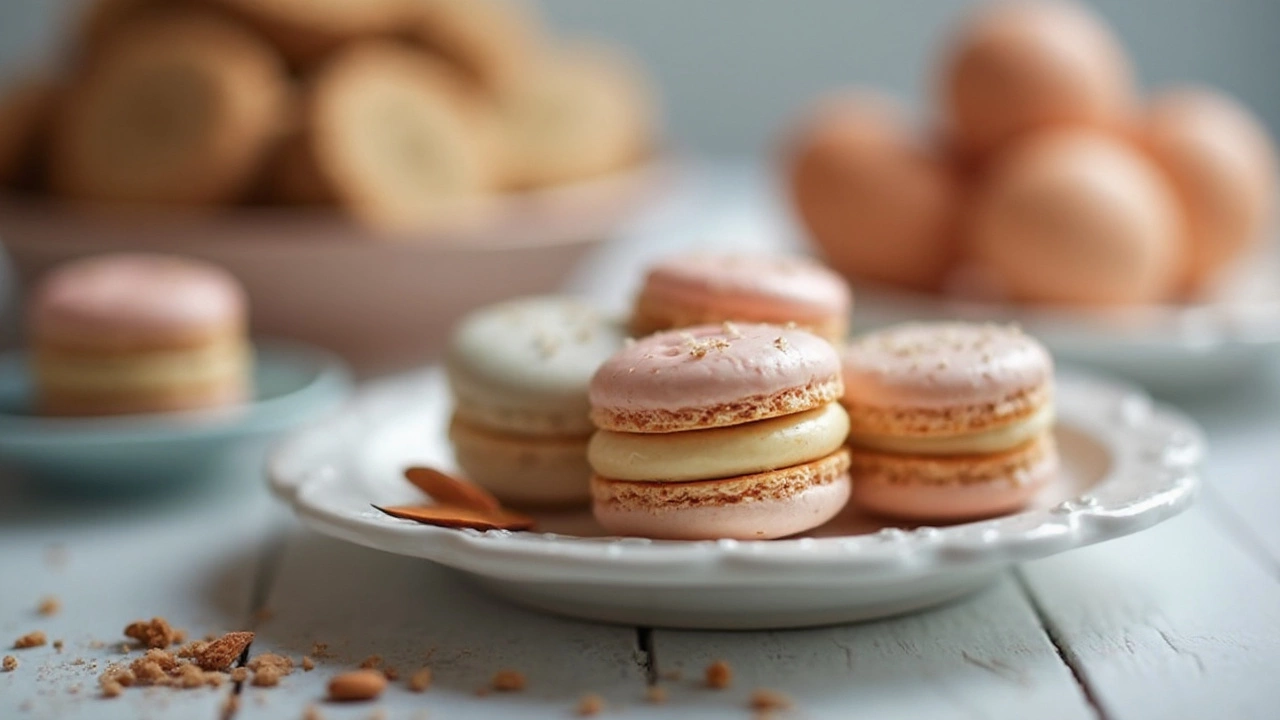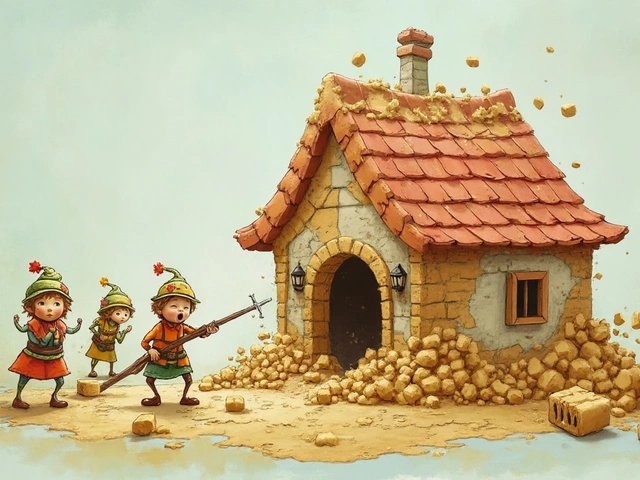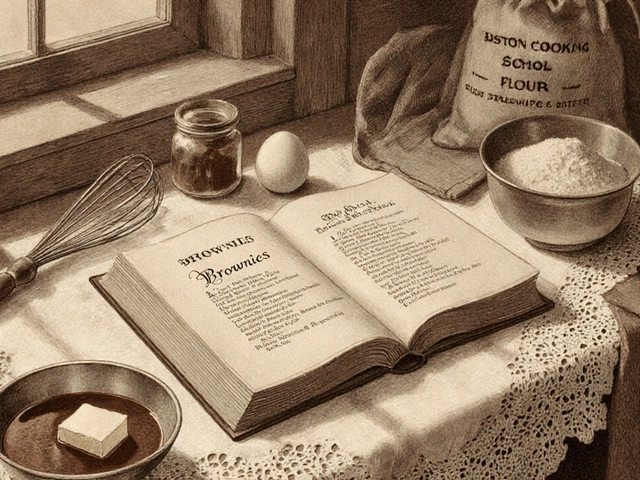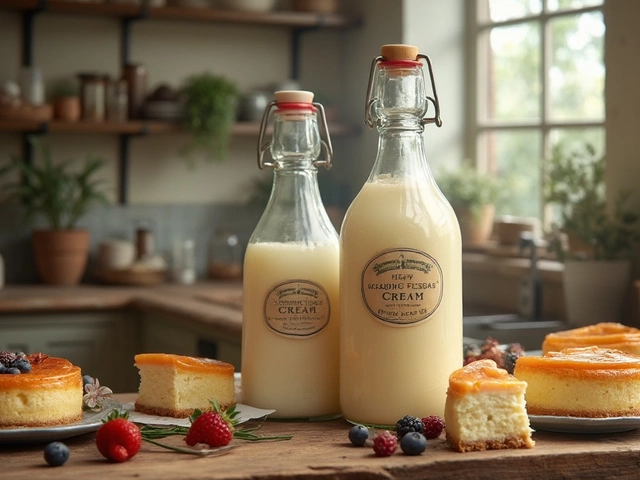
Macarons might scream Paris, but their roots actually stretch all the way to Italy. Most people think they’re a strictly French invention, which isn’t totally true. These sweet little cookies started out centuries ago on the other side of the Alps before making their grand debut in France. So, if you ever wondered who came up with macarons and how they turned into the colorful treats you see in patisseries today, you’re in the right place.
Knowing the real story behind macarons can actually help you pick better ones when you’re drooling at that bakery window—or even if you’re brave enough to try baking them yourself. There are so many little secrets hiding in their crispy shells and creamy centers, and trust me, they’ve got a far more interesting backstory than most people realize.
- From Italy to France: A Traveling Dessert
- The Macaron Evolves: Not Just a Fancy Cookie
- Secrets Behind the Classic Macaron
- How to Spot (or Make) a Real Macaron
From Italy to France: A Traveling Dessert
The macaron story starts way before Instagram feeds filled with colorful Parisian towers. It actually kicked off in Italy, sometime in the 1500s. The word “macaron” comes from the Italian word “maccarone,” which just meant a fine paste, usually made from ground nuts or pasta dough. Weird to think now, but back in the day, this basic cookie was just a mix of almonds, egg whites, and sugar—no filling, no flashy colors.
The biggest twist in the journey? Catherine de’ Medici. She was part of Florence’s hotshot Medici family and married into French royalty in 1533. When she moved to France to marry Henry II, she brought her troupe of Italian pastry chefs. They didn’t just pack their clothes—they brought “maccherone” recipes. Suddenly, the French court had something new to munch on.
Fast-forward a couple of hundred years: French nuns in Nancy became obsessed with the simple almond cookies (they’re still called "Macarons de Nancy" there). Fun fact—these nuns actually sold macarons to survive during the French Revolution. It’s wild, but true. They kept the recipe super straightforward—just almonds, sugar, and egg whites.
Here’s how macarons changed between Italy and France:
- Italy: The original was a chewy, rustic cookie—no filling inside.
- France: French chefs started to perfect the texture over centuries, but the classic French macaron didn’t get its filling until the 20th century (thank Ladurée in Paris for that upgrade).
Take a look at how the macaron evolved over time:
| Era | Country | Main Change |
|---|---|---|
| 1500s | Italy | Simple almond cookie – no filling |
| 1500s-1700s | France (via Catherine de’ Medici) | Recipe brought by Italian chefs, popular with French nobility |
| 1700s-1800s | France | Nancy nuns sell plain macarons |
| Early 1900s | France (Paris) | Ladurée adds ganache/filling, two shells sandwiched together – modern macaron is born |
So the next time someone tells you the macaron is totally French, you know it’s only part of the story. It’s had its passport stamped more than once before becoming the treat we fight over today.
The Macaron Evolves: Not Just a Fancy Cookie
When you bite into a macaron today, you’re actually tasting centuries of gradual transformation. Back in the 1500s, these treats were nothing more than simple almond biscuits—just ground nuts, sugar, and egg whites. No creamy filling, no pastel colors. Catherine de’ Medici’s Italian pastry chefs are believed to have brought them to France in 1533, and at first, their version looked more like a plain cookie than the delicate macaron we know now.
Things changed big time in the 19th century, thanks to two French nuns from Nancy. They started selling macarons to support themselves, and their recipe was still a single, unfilled biscuit. But French bakeries couldn’t leave a good thing alone; eventually, someone had the genius idea to sandwich two cookies together with a filling in the middle. This “Parisian-style” macaron—two shells hugging a soft, flavorful center—caught on in Paris about the early 1900s. Ladurée, a swanky Paris bakery, usually gets the credit for popularizing this modern look.
| Macaron Timeline | Key Change |
|---|---|
| 1533 | Italian version arrives in France |
| Late 1700s | Nancy nuns sell plain biscuits |
| Early 1900s | Double shells with filling invented |
| 2000s | Macarons go global with endless flavors |
Back in the day, you’d only find almond flavor, but now there’s a wild selection: pistachio, raspberry, chocolate, salted caramel—you name it. Some Parisian bakeries crank out more than 15 flavors at once. Compared to most cookies, macarons have more rules. A batch that’s too humid or even mixed a few seconds too long can flop. That’s why baking these little guys takes serious skill.
- Almond flour gives macarons their chewy, slightly nutty base.
- Egg whites need to be beaten into shiny, stiff peaks.
- The filling makes all the difference—classic ganache, buttercream, or jam.
So when you see those perfect, colorful rounds behind bakery glass, you’re not just looking at a cookie; you’re staring at over 500 years of dessert upgrades.

Secrets Behind the Classic Macaron
It might surprise you, but the macaron didn’t always look or taste like it does today. The original version from Italy was actually pretty plain—just almond flour, sugar, and egg whites mixed into a chewy cookie. The fancy filled macarons we all know now? Those are a French update that popped up in the 1900s in Paris, thanks to Pierre Desfontaines from Ladurée. He had the bright idea to sandwich two cookies together with a creamy ganache in the middle. That’s when macarons really took off as a stylish dessert.
What’s the secret to that perfect shell and chewy bite? It all comes down to technique. For classic French macarons, bakers whip egg whites until stiff peaks form, then gently fold them with almonds and sugar so the batter isn’t too runny or too stiff. Too much mixing and they’ll be flat and lifeless; too little and they’ll be lumpy and cracked. Macaronage, as the process is called, is the deal-breaker.
If you think they’re easy to make at home, think again. Even pro chefs sometimes mess up a batch. Famous pastry chef Pierre Hermé once said,
“The macaron is a capricious little treat. It demands respect and patience. One minute too long in the oven, and you lose everything.”
That’s no exaggeration. Here’s what makes a macaron so unique and tough to nail:
- Almond flour must be ultra-fine (think baby powder texture).
- Egg whites should age for a day or two for better stability.
- Humidity ruins everything—bake on dry days only.
- The shells need to rest before baking to set that signature "feet".
Why all this fuss? Because the best macarons have glossy, crack-free tops, a ring of “feet” at the bottom, and a soft, chewy center that isn’t too sweet. And if you’re curious how tricky it really is, check out this little table showing typical home baking success rates vs. pro kitchens:
| Who’s Baking? | Success Rate |
|---|---|
| Beginner Home Bakers | ~30% |
| Experienced Home Bakers | ~50% |
| Professional Patisseries | >90% |
So next time you bite into a macaron, remember—there’s a lot more going on than colorful shells and fancy flavors. Getting them right is almost an art form.
How to Spot (or Make) a Real Macaron
There’s a big difference between a real macaron and just another sweet cookie. The best way to spot a true macaron is to check for a smooth, glossy shell. It can’t be rough or bumpy. See if there’s a little "foot" around the bottom edge—this is that ruffled ring people rave about. A real macaron should almost crack when you bite into it, then melt into a soft, chewy center. If it’s rock hard, crumbly, or sticky, you’re dealing with an impostor.
The filling is just as important. Classic macarons always have a creamy center like buttercream, ganache, or jam. No shortcuts—never fillings like frosting from a can. When you bite down, the flavors should blend with the almond shell, not overpower it. Here’s a quick cheat sheet for what you’re looking for:
- Smooth, shiny shell—no cracks
- Noticeable “feet” (ruffled bottoms)
- Light but chewy texture in the middle
- Flavorful but balanced filling
- Almond taste that comes through, not hidden by sugar
If you want to make them at home, it takes practice—no way around it. The weather even plays a part; too humid and the shells won’t set right. French meringue (egg whites whipped with sugar) is the most common base, but some pros use Italian meringue for more stability. Here’s the basic macaron game plan:
- Sift almond flour and powdered sugar together. No lumps allowed.
- Whip egg whites until you get stiff peaks, then fold in the dry mix.
- Pipe little circles onto a baking sheet, tap to pop air bubbles.
- Let them sit out for 20-40 minutes—this helps them form those famous feet.
- Bake at about 300°F (150°C) for 12–15 minutes, let cool, fill, then sandwich.
Here’s some real-world data to help you troubleshoot:
| Problem | Cause | Fix |
|---|---|---|
| Flat, cracked shells | Under-mixed batter or oven too hot | Mix until batter flows in ribbons; lower oven temp |
| No feet | Batter too wet or didn’t rest long enough | Let piped rounds rest at least 30 mins |
| Hollow shells | Overbeaten meringue or overcooked | Beat until stiff peaks, not dry; check oven time |
If you keep these tricks in mind, you’ll be able to spot or make macarons that would impress any macarons enthusiast—maybe even a picky Parisian.





